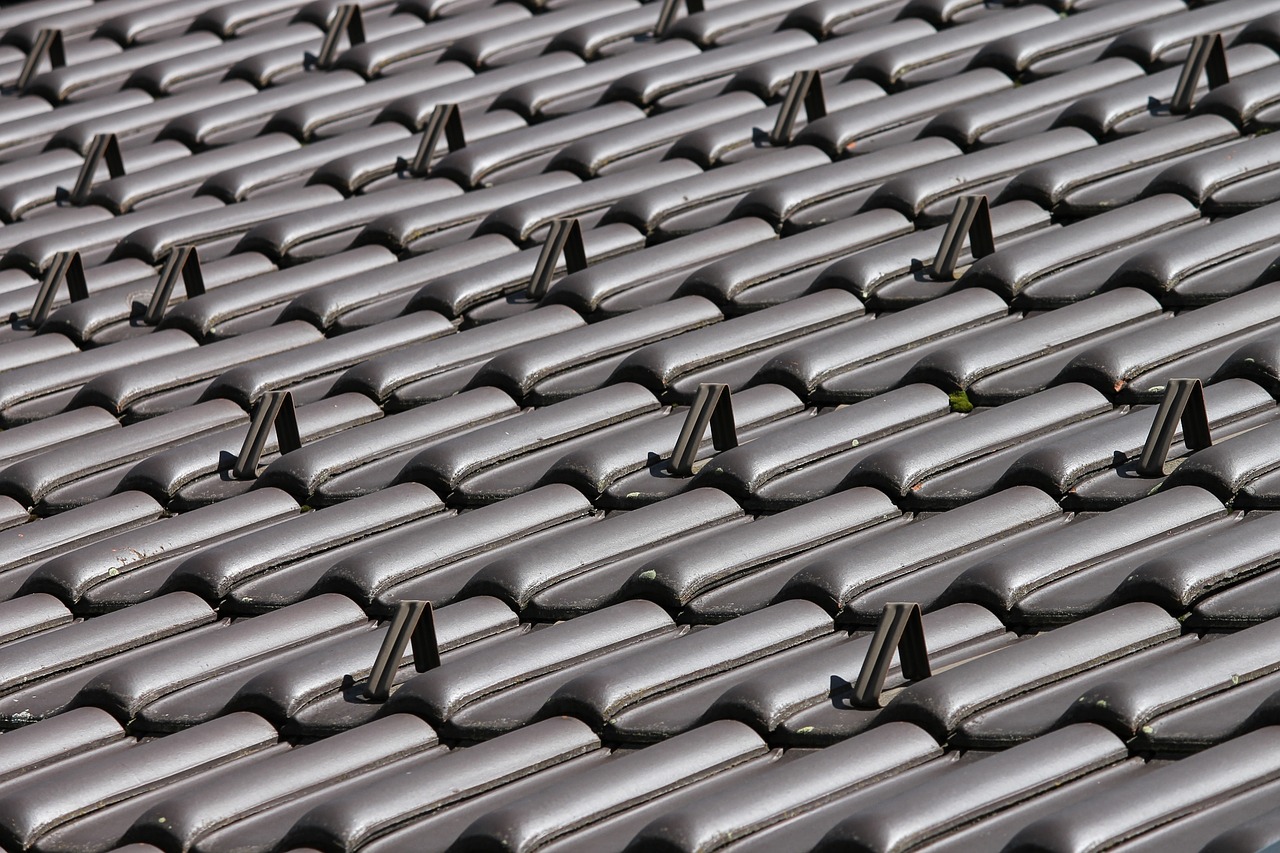
Roof flashing serves as an essential component in maintaining the integrity of your roof. It acts as a barrier to prevent water leakage, directing water away from critical areas, such as chimneys and skylights. Properly installed flashing can significantly extend the lifespan of your roof.
However, over time, flashing can become damaged or dislodged due to weather conditions or poor installation. Knowing when and how to repair roof flashing is crucial for maintaining a weatherproof home. In this article, we will explore the significance of roof flashing repair and provide you with best practices for ensuring a successful repair process.
Roof Flashing Repair in Canberra VIC
Understanding Roof Flashing Repair
Roof flashing is typically made from thin sheets of metal like aluminum, copper, or galvanized steel, designed to prevent water from penetrating the roof. It is placed in vulnerable areas, such as roof valleys, vent pipes, and the junctions of different planes. When functioning correctly, flashing should efficiently channel water off the roof and away from these entry points.
Unfortunately, factors such as aging materials, extreme weather, or improper installation can cause flashing to fail. This can lead to leaks, which if unchecked, may result in significant water damage. It's essential for homeowners to regularly inspect the flashing on their roofs, especially after severe weather events.
Early detection of flashing issues can save considerable time and money. Replacing or repairing damaged flashing is far less costly than addressing the consequences of prolonged water intrusion, which can lead to structural damage and mold growth.
When undertaking roof flashing repair, it's important to first conduct a thorough assessment of the existing roof. Identify all areas where flashing is installed and inspect for visible signs of wear and tear. Look for cracks, rust, or detachment from the roof structure, all of which can compromise the flashing's effectiveness.
Once you've pinpointed the troubled areas, gather the necessary materials based on the type of flashing your roof requires. You might need specialized tools depending on the metal used, as working with sheet metal requires precision and care. It may be beneficial to consult with a roofing professional if you are unfamiliar with roofing techniques or safety practices.
Prioritize safety throughout the repair process. Ensure you have stable ladders and safety harnesses if needed. Working on a roof presents risks, and taking appropriate precautions can help prevent accidents while you carry out repairs.
More Resources
Begin the repair process by removing any damaged or compromised flashing. Carefully lift the surrounding roofing materials, taking care not to cause further harm to the roof structure. If the flashing is still largely intact, you may be able to repair it with sealants or replacement of small sections.
Next, cut new flashing sheets to the appropriate size. For intricate areas such as chimneys and skylights, precision is crucial in ensuring complete coverage and preventing future leaks. Make sure that each overlapping section is thoroughly sealed, using roofing cement or specialized adhesives for metal.
Once the new flashing is in place, securely fasten it and replace any shingles or tiles that were removed during the process. Check that everything is properly aligned and attached, and that no gaps are left where water could seep through.
Best Practices for Roof Flashing Repair
After completing the flashing repair, it's important to test the efficacy of your work. Simulate rain by gently hosing down the roof, focusing on areas where flashing was repaired. Observe the water flow to ensure it's directing properly off the roof and that no new or persistent leaks are present.
Regular maintenance and inspections form the foundation of a successful roof care routine. By keeping a consistent check on the condition of your roof flashing, you reduce the likelihood of being caught off guard by sudden leaks or extensive damage.
Consider setting a schedule for routine inspections and address any signs of wear promptly. Over time, minor repairs prove more cost-effective and manageable compared to allowing issues to escalate.
While some roof flashing repairs can be completed by confident DIY enthusiasts, there are times when seeking professional help is the best course of action. If your roof is steep, or if you're uncertain about the extent of required repairs, consulting a roofing specialist ensures the job is completed safely and effectively.
A professional roofer comes equipped with the experience, skills, and tools necessary to handle intricate repairs and guarantee a durable solution. They can also provide valuable advice and guidance on ongoing roof maintenance specific to your home's needs.
Ultimately, whether undertaken solo or with professional assistance, prioritizing roof flashing repair protects your home from water damage, preserves its structural integrity, and prolongs the life of your roofing system.
Comments
Post a Comment